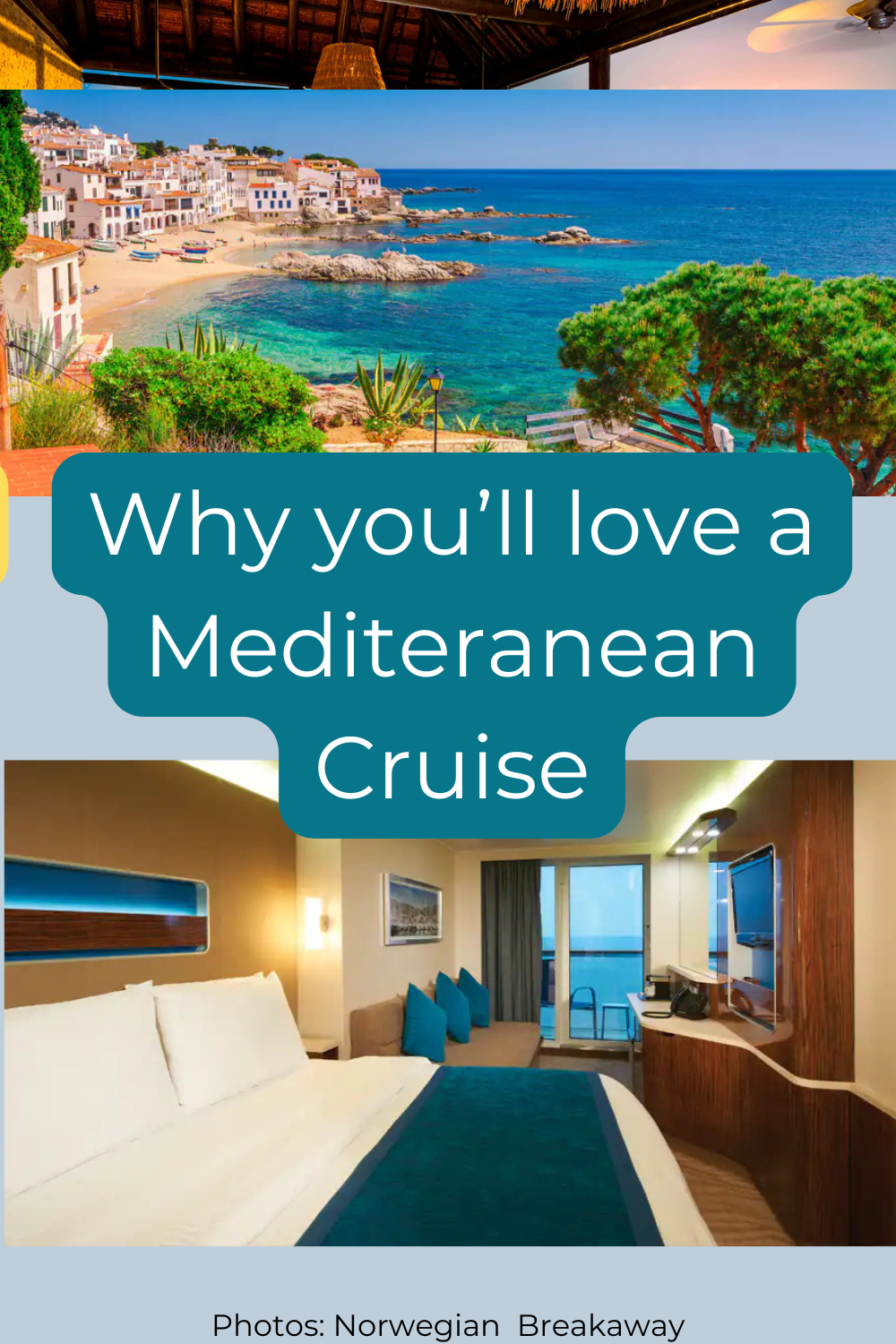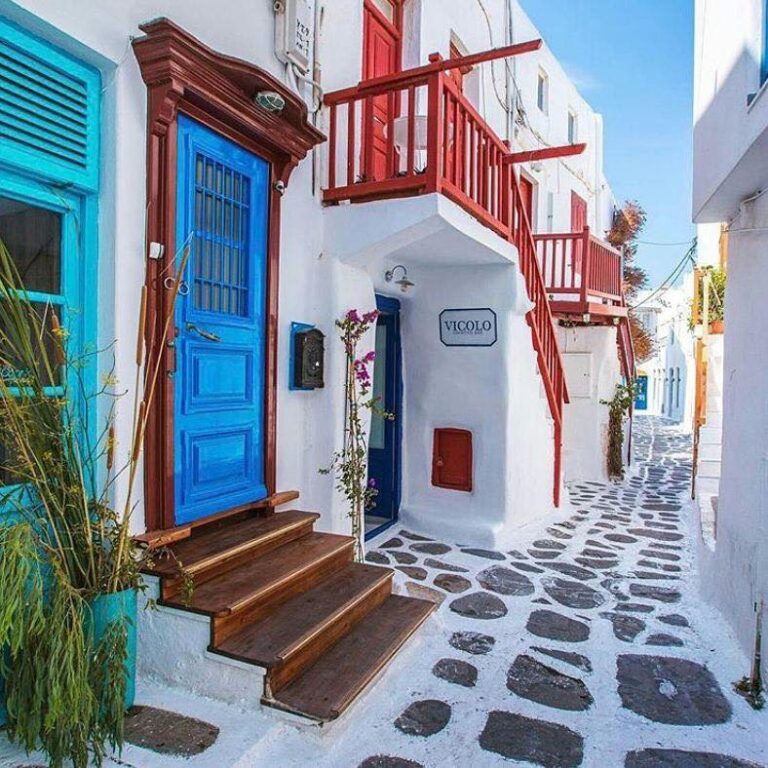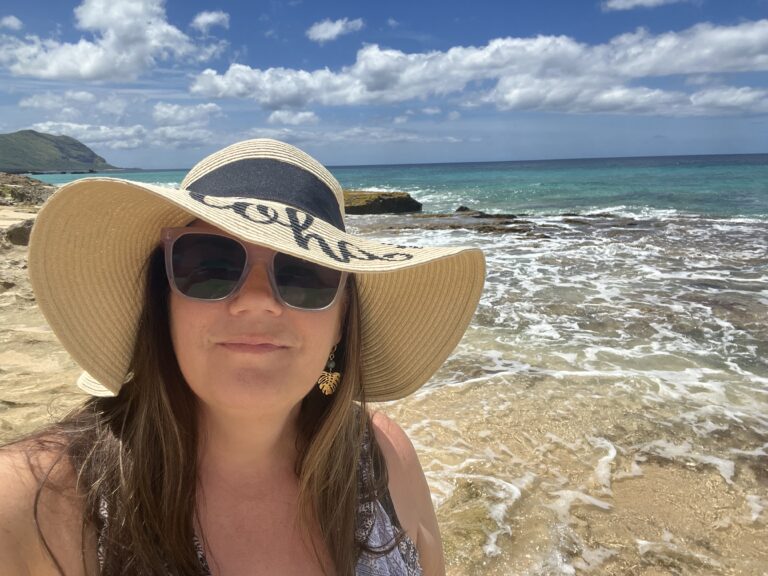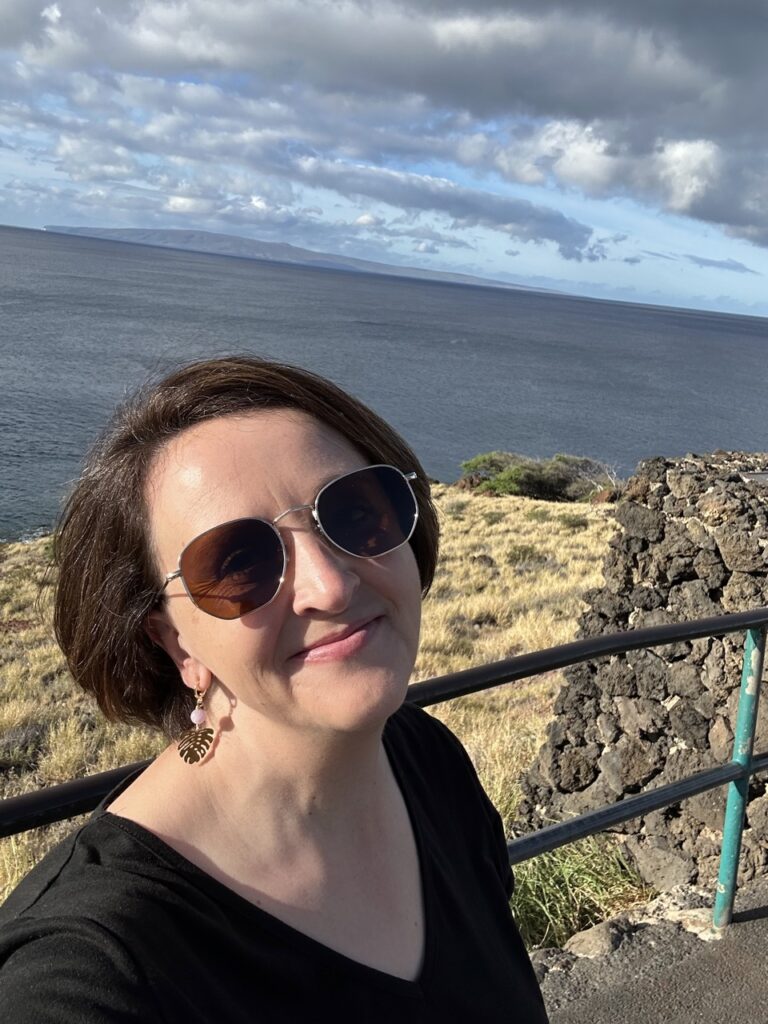Culturally Polynesian, politically Chilean and semitropical in climate, Easter Island has much to offer the modern-day vacationer. The small population of 8,000 does a commendable job in accommodating more than 100,000 tourists per year.
The first inhabitants of Easter Island called it Te Pito o Te Henua (the Navel of the World). In Chile, where many visitors come from, it is referred to as Isla de Pascua, and locals call it Rapa Nui. Visitors today often call it the world's largest open-air museum. The island, which is 60 sq mi/155 sq km, has a fascinating and mysterious history—and it seems every guide and local has a different theory about it.
The island has volcanic lava cliffs, lush subtropical gardens, paved and unpaved but passable roads, clear air and hundreds of horses and cattle. Anakena, where several moai stand atop a restored ahu (platform), has the island's best beach.
Location
Passengers are tendered from the cruise ships to the shore of Easter Island, which is about 1.5 mi/2.5 km from the center of Hanga Roa. Taxis generally charge a flat rate of about US$10 to transport visitors into downtown. The small capital is easily explored by foot, hired taxi or bicycle.
Typically only one ship per month stops in the port. The number of cruise ship visitors allowed on the island is limited so as not to overwhelm the small island; consequently, a ship may stop on Easter Island for two days, but you may only be able to spend a few hours on the land.




































